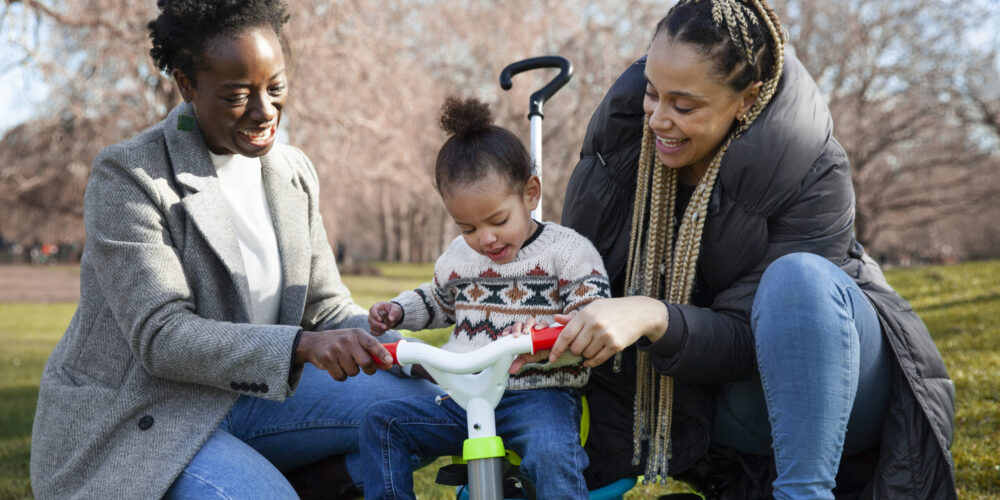
Emergency Planning for Students with Disabilities: What Parents Need to Know
When a fire alarm sounds or a lockdown is announced, most families assume their child can safely follow the school’s emergency plan. But for children with disabilities, this isn’t always the case. Too often, students with unique needs are left behind, or placed in unsafe situations, because an individualized emergency plan wasn’t included in their IEP or 504 Plan.
Why Emergency Preparedness Matters for Students with Special Needs
Students and teachers across the country participate in anywhere from 3–12 safety drills per school year. Most students and families take for granted their ability to safely evacuate during a fire or lockdown. But what happens when a child uses a wheelchair, has mobility challenges, or cannot verbally communicate in a crisis?
One mother of a child with Down syndrome and a mobility disability once asked her school a simple but critical question: “What happens if there’s a fire, how will my child get out?” She discovered that the plan for the life skills class was to shelter in place while other students evacuated. But what if that’s not the safest option? What if an evacuation is truly needed?
Sadly, stories like this are not uncommon. In 2017, during an emergency evacuation, middle schooler Cassidy Scott—who had physical and intellectual disabilities—was wheeled to a stairwell, a “designated area of refuge,” and left there to await rescue. Her peers and teachers evacuated, while Cassidy was left behind, alone. Though she was unharmed, the experience was traumatic for Cassidy, her family, and her teachers.
These examples highlight why parents must advocate for a personalized emergency plan for their child.
Adding an Emergency Plan to an IEP or 504 Plan
Parents can and should request that emergency procedures be written directly into their child’s IEP (Individualized Education Program) or 504 Plan. This ensures:
- Teachers and staff know exactly how to respond during a fire drill, lockdown, or other emergency.
- Roles and responsibilities are clearly assigned (who will assist your child, how equipment will be managed, etc.).
- Appropriate evacuation equipment, such as an evacuation chair, has been procured, and personnel have been trained in its operation.
- Your child is not left to “wait for rescue” in unsafe conditions.
By documenting emergency preparedness in the IEP/504, schools are accountable for practicing and following through on these procedures.
Create an Emergency Information Card
In addition to what’s written in the plan, parents can prepare a simple emergency card with their child’s unique needs and disabilities. This should be kept in the teacher’s emergency bag or “go bag.”
The card should include:
- Your child’s name, photo, and grade
- Disability or medical condition(s)
- Communication needs (nonverbal, uses AAC, etc.)
- Mobility needs (wheelchair, walker, assistance required)
- Emergency contacts
This card can be lifesaving in chaotic moments when staff must act quickly.
Parent Checklist: Steps to Take
We’ve created a Special Needs School Safety Checklist to guide families in putting these pieces in place.
By asking the right questions, insisting on written plans, and creating simple tools like an emergency card, you can ensure your child is protected, supported, and never left behind during a crisis.



